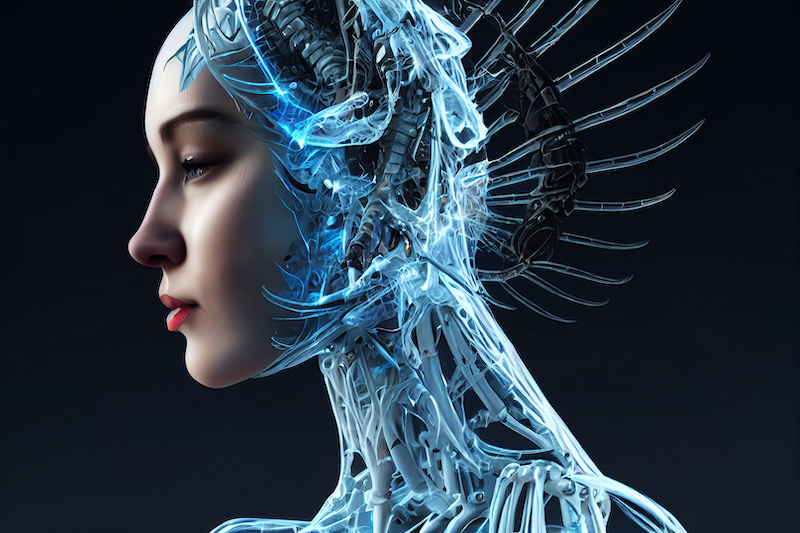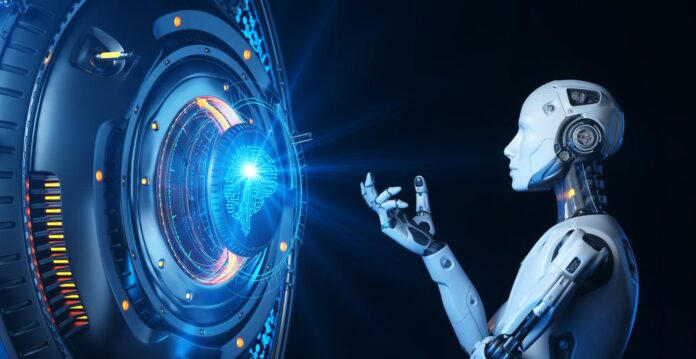Artificial Intelligence (AI) is a fascinating field that has captured the attention of scientists, researchers, and the general public alike. It has become an integral part of our daily lives, from voice assistants like Siri and Alexa to recommendation systems on e-commerce websites. But what exactly is AI, and how does it work? This beginner’s guide aims to provide a comprehensive overview of AI, its underlying principles, and its potential applications.
What is Artificial Intelligence?
Artificial Intelligence refers to the development of computer systems capable of performing tasks that typically require human intelligence. These tasks include problem-solving, pattern recognition, decision-making, speech recognition, language translation, and more. AI systems are designed to analyze vast amounts of data, learn from it, and make informed decisions or predictions based on that knowledge.
Types of Artificial Intelligence
AI can be classified into two broad categories: Narrow AI and General AI.
Narrow AI: Also known as Weak AI, Narrow AI is designed to perform specific tasks within a limited domain. Examples of Narrow AI include voice assistants, image recognition systems, and recommendation algorithms. These systems are highly specialized and excel at their designated tasks but lack the ability to generalize their knowledge to other domains.
General AI: General AI refers to a hypothetical form of AI that possesses the ability to understand, learn, and apply knowledge across a wide range of tasks, similar to human intelligence. General AI would have the capability to reason, adapt to new situations, and exhibit consciousness. However, achieving true General AI is still a subject of ongoing research and development.
How does Artificial Intelligence Work?
AI systems rely on several core technologies and methodologies to perform their tasks effectively. These include:
Machine Learning (ML): Machine Learning is a subset of AI that focuses on training computer systems to learn from data and improve their performance over time. ML algorithms analyze and identify patterns within the data to make predictions or decisions. The more data the algorithm is exposed to, the better it becomes at making accurate predictions.
Deep Learning: Deep Learning is a specialized form of Machine Learning that utilizes artificial neural networks inspired by the structure and function of the human brain. These neural networks consist of layers of interconnected nodes (neurons) that process and analyze data. Deep Learning has revolutionized fields such as image recognition and natural language processing.

Natural Language Processing (NLP): Natural Language Processing enables machines to understand and interpret human language. It involves tasks like speech recognition, language translation, sentiment analysis, and chatbots. NLP algorithms process and analyze text or speech data, allowing machines to extract meaning and respond appropriately.
Computer Vision: Computer Vision enables machines to analyze and understand visual information from images or videos. It involves tasks like object recognition, image classification, and image segmentation. Computer Vision algorithms use techniques such as feature extraction and pattern recognition to interpret visual data.
Applications of Artificial Intelligence
Artificial Intelligence has found applications in various domains, transforming industries and enhancing everyday experiences. Some notable applications include:
Healthcare: AI is used in medical diagnosis, drug discovery, personalized treatment plans, and monitoring patient health. It enables early detection of diseases, improves accuracy in medical imaging, and enhances patient care.
Autonomous Vehicles: AI plays a crucial role in the development of self-driving cars. It enables vehicles to perceive their environment, make decisions, and navigate safely, reducing the risk of accidents and revolutionizing transportation.

Finance: AI is used in fraud detection, algorithmic trading, credit scoring, and customer service in the finance industry. It helps institutions make informed decisions, identify anomalies, and streamline processes.
Smart Assistants: Voice assistants like Siri, Alexa, and Google Assistant utilize AI to understand natural language commands, perform tasks, and provide personalized recommendations. They have become an integral part of smart homes, enhancing convenience and productivity.
Manufacturing and Robotics: AI-powered robots and automation systems are used in manufacturing processes to improve efficiency, quality control, and predictive maintenance. They can perform repetitive tasks with high precision and adapt to dynamic environments.
The Future of Artificial Intelligence
As AI continues to evolve, its impact on society is poised to grow significantly. However, it also brings forth important considerations and challenges. Ethical concerns, such as data privacy, algorithmic bias, and job displacement, need to be addressed. Striking a balance between technological advancement and responsible deployment is crucial.
In conclusion, Artificial Intelligence has the potential to revolutionize numerous aspects of our lives, ranging from healthcare to transportation and beyond. By harnessing the power of machine learning, deep learning, natural language processing, and computer vision, AI systems can analyze vast amounts of data, make informed decisions, and provide valuable insights. As a beginner, exploring the world of AI can be both exciting and rewarding, as it opens up a realm of possibilities for innovation and problem-solving in the digital age.

